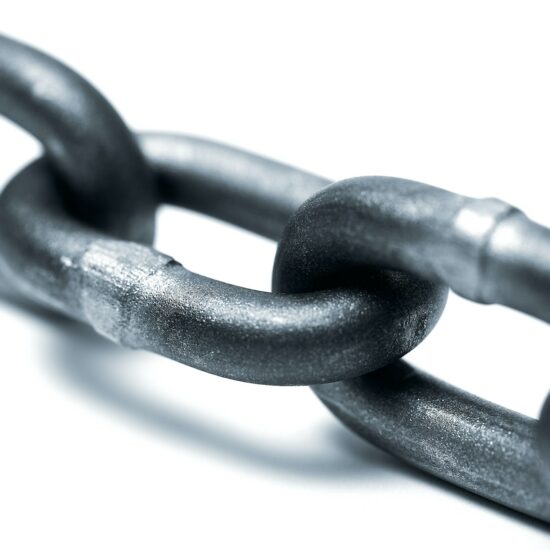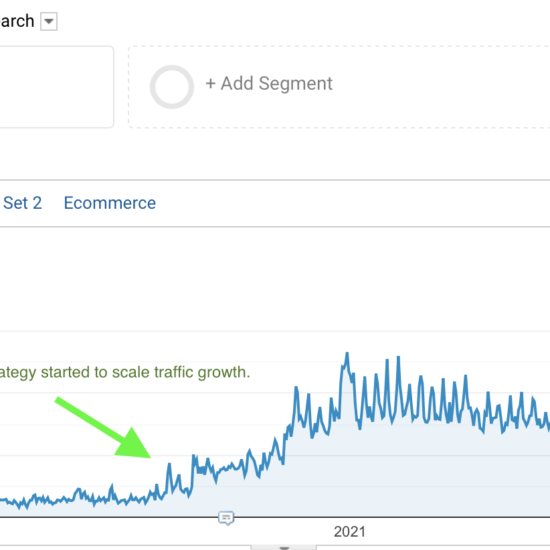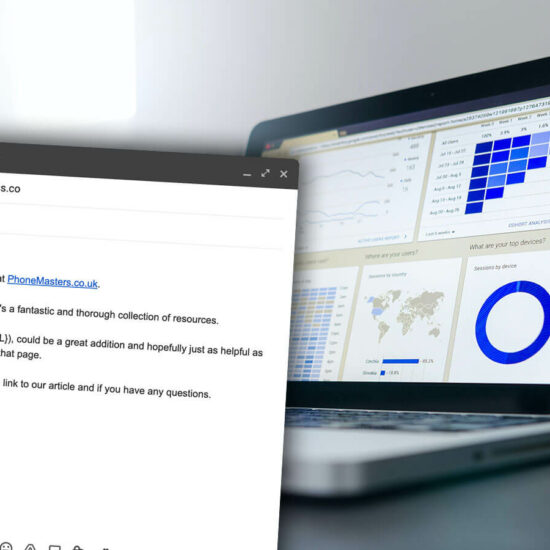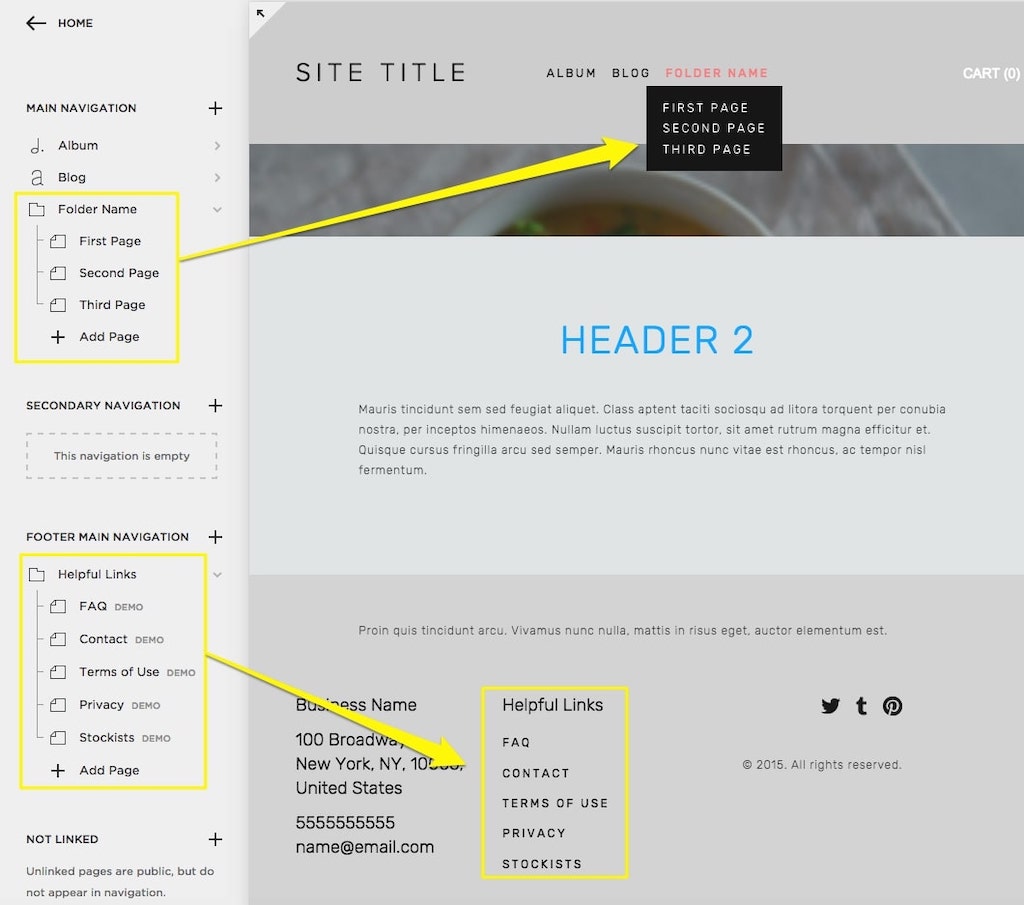Back in 2013, we did a link building experiment in the safari keyword sector. A business that was six months old were engaging in an SEO campaign that had seen them gain initial traction, but they were struggling to get results in a competitive field. We had prior experience when it came to ranking websites in the safari sector, so we decided to give it a go. The campaign saw us use the following tactics.
- Guest blog posting
- Authoritative directory submissions
- Website outreach.
Our objective was to improve the organic keyword rankings of that business within 12 months. We managed to get onto the first page of Google in 7 months. The client’s name isn’t mentioned for confidentiality reasons.
Things to keep in mind.
The campaign that we promoted focused on the UK and US markets. We had much more success in the UK market and some success in the US.
How many links did it take to get the website to reach page one?
In this campaign, we acquired around 140 links over a period of seven months. The links were evaluated on content relevancy, Page Rank and Domain Authority. Approximately 80% of the links came from travel related websites. 20% of the links were aimed at African safari related websites.
What learnings were there?
At the beginning of the campaign, the site needed to get the right type of links pointing to the site to boost its SEO rankings. The keywords that were used in the link text were exact match anchors, which were hyperlinked to point to the relevant web page on the site. For example, the campaign would use a keyword portfolio such as:
- African safaris
- Africa safari
- Tanzanian safari
- Safari in Tanzania
- Tanzanian safaris
- Botswana safaris
- Safaris in Botswana
- Safaris in Mozambique
- South African safaris
- Safaris in South Africa
- Namibian safaris
- Namibia safari
- Safari in Namibia
- Singita safaris
- Faru Faru safaris
- Serengeti Safaris
You could easily implement 5-10 exact match keywords within your campaign with little or no negative impact. However, it is in your site’s best interest to gain links that use natural anchor text from the web publisher of the site for your campaign. If you look at the keyword portfolio and assume that you received an equal split among all of the keywords, you would have 8-9 uses of the keyword in the campaign. If you wanted to keep the campaign safe, you would aim to have less than 30% of the keywords in your portfolio as exact match anchors. This would see only 42 keywords in total using exact match anchor text, with each keyword being used 2-3 times.
If you look at the keyword portfolio and assume that you received an equal split among all of the keywords, you would have 8-9 uses of the keyword in the campaign. If you wanted to keep the campaign safe, you would aim to have less than 30% of the keywords in your portfolio as exact match anchors. This would see only 42 keywords in total using exact match anchor text, with each keyword being used 2-3 times.
Additionally, URL hyperlinks to relevant pages and branded keywords were also used within the campaign. The links will boost the authority of the web page, which should positively impact the organic search performance of the site.
The website linking strategy focused on acquiring links to their home page and travel destination pages. The pages were commercial, but contained attractive images that would incentivise people to ‘dream’ about going on safari.
The target sites.
The ideal sites that we wanted to acquire links from were other media websites that published safari content. The next best thing was to acquire links from travel related websites, such as travel blogs. Initially, we wanted to improve the authority of the website by increasing the value of its link profile. We used Domain Authority as our primary metric to measure the authority of the linking site. We would aim to acquire 7 links from websites that had a Domain Authority greater than 20 and 5 links from websites that had a Domain Authority greater than 30.
We used Domain Authority as our primary metric to measure the authority of the linking site. We would aim to acquire 7 links from websites that had a Domain Authority greater than 20 and 5 links from websites that had a Domain Authority greater than 30.
- Home page
- Links to the destination pages
Later in the campaign, we would focus on acquiring less volume, but to acquire links from more authoritative websites that had a Domain Authority metric of 40 and over. The sites would need to be relevant.
Finding the prospective sites.
The key is to get the right links from the right websites to make your website rank. SEOs will refer to the power of the ‘link juice’, as well as the relevancy of the website, that will make a positive impact on the organic search rankings.
We would prospect around 2000 websites that featured travel and safari related content on their sites. 95% of these sites were blogs. Later in the campaign, we focused our efforts on acquiring high authority links that were relevant.
What were the peak results?
The campaign worked well on Google UK. Some of the highlights from the campaign were:
- Tanzanian safaris – Position 1
- Tanzania safaris – Position 2
- African safaris – Position 5
- Botswana safaris – Position 8
Remember that when it comes to link building, there isn’t a one-size fits all strategy for every website. You must consider the age of the website, the current authority that the website has to rank and the competition that the website faces in the organic search rankings. Link building activities should be natural. Engaging in unethical activities such as using private blog networks or paying for links will increase the risk that your website will get penalised.
What could we have done differently?
In the campaign, there wasn’t any strong focus on content optimisation and content marketing. There was a competitor whose website had achieved strong Google rankings from long-form content pieces being written on his website. (The owner of the website was a journalist).
The guides that were published were valuable to web users and allowed the site to generate natural links from relevant and credible sources. This allowed the site’s rankings to catapult to the front pages on Google.
This was an area that was missing in our strategy, but it was one that we had planned to embark on. We presumed that more of the content marketing pieces could allow the site to start ranking across more niche keywords, build organic and referral traffic and earn links naturally, minimising the risk of any unnatural link penalties. Website outreach would have been easier since there would have been many opportunities to earn links from the content that the site provided.
You can also watch me explain the case study in the following video.
Do you have any thoughts on how this link building campaign was conducted?
We’d love to hear your thoughts below.
Thanks for reading!
Click here to plan & schedule your guest post content with SEO Surfer.
-
 Guest Posting Services$5,500.00
Guest Posting Services$5,500.00 -
 PBN Services$66,000.00
PBN Services$66,000.00 -
 Blogging Services$5,500.00
Blogging Services$5,500.00 -
 Gmass$0.00
Gmass$0.00 -
 Link bait content post (Skyscraper blog)$2,000.00
Link bait content post (Skyscraper blog)$2,000.00
Join the newsletter

Get updates that will allow you to grow your website's income over the next 12 months.







I’m currently running a travel website as a content platform to serve another website which is an eCommerce platform, both sites under the same Venture, my backlinks are 10 days old and they did not index yet, do you recommend using a SpeedIndexer service or something like that? or do i have to wait and keep building links for months and months?
Hi Shehab.
Have you tried to ping them using Ping-o-matic?